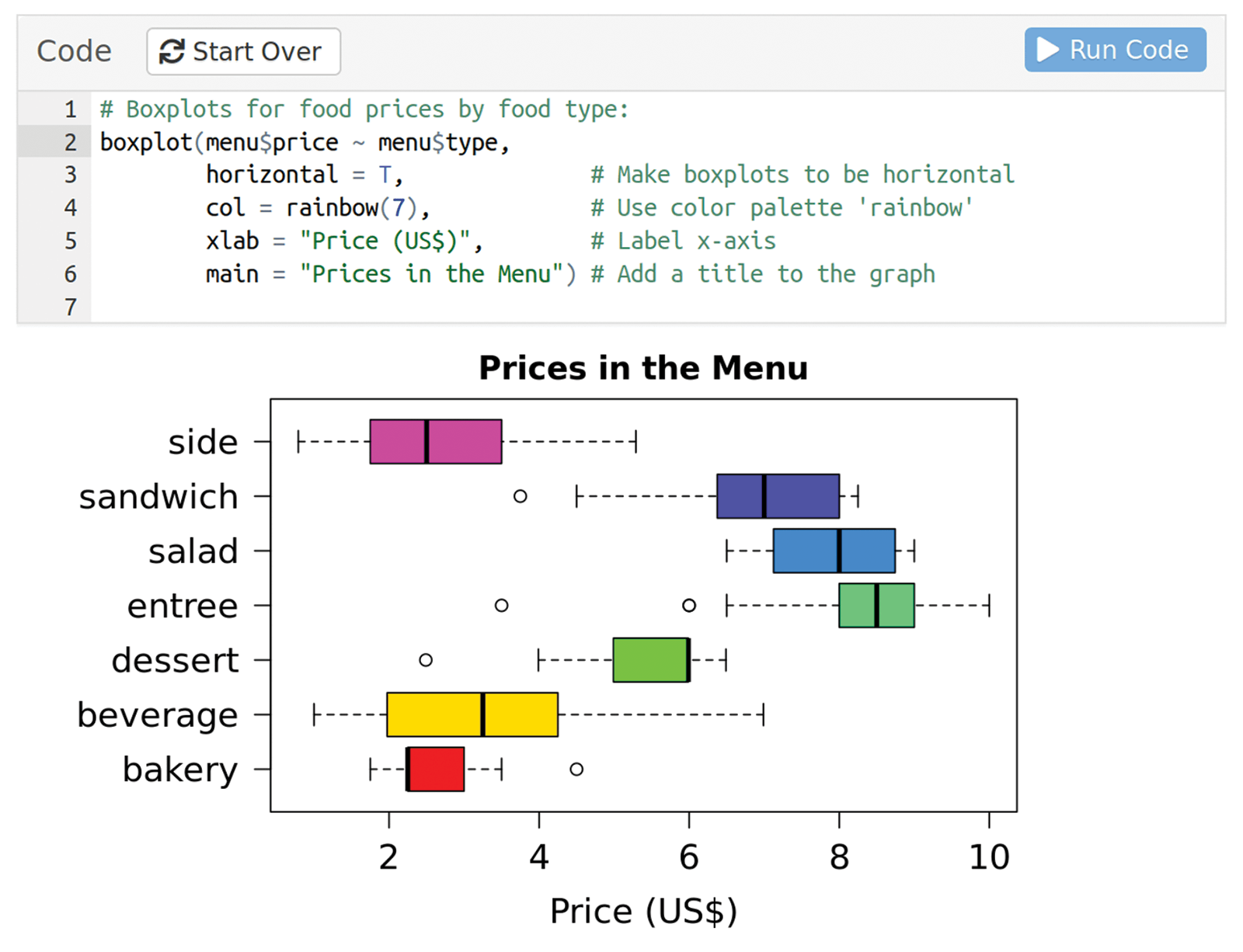Integrating Computational Thinking in STEM
The depth and complexity of societal, environmental, and economic problems facing our nation and the globe increasingly demand computational solutions. But the principles of computing need not be relegated to computer science courses. Integration with STEM subjects offers an enticing path for bringing computing to many students.
In 2006, Jeannette Wing wrote that computational thinking is “a fundamental skill … every human being must know to function in modern society.”* Thirteen years after this seminal article, computational thinking (CT) finally is making its way into K-12 classrooms, thanks in part to the Next Generation Science Standards and the Common Core State Standards. The Concord Consortium is developing innovative technologies and unique research agendas across several projects to help students engage in computational thinking. The goal is to create opportunities for students to do science and use math in the same ways professionals do, using the power of computational thinking to solve real-world problems.

Biology and chemistry students are using our SageModeler systems modeling tool to create computational models of complex phenomena and iteratively uncover underlying mechanisms. Budding meteorologists are building weather models using embedded phenomena and a NetLogo modeling environment to systematically incorporate important variables and simulate impacts on human activities (see “A Virtual Storm Teaches Computational Thinking”). In biology classrooms students are creating systems to monitor and control experiments using open-source Internet of Things sensors with Dataflow, a flow-based programming tool (Figure 1). In Earth science classrooms students are designing dynamic visual maps to simulate and assess natural hazards and risks using GeoCoder, a visual programming platform for geoscience. And with our math modeling learning platform CodeR4MATH, math modelers are applying math and data science with the R programming language (Figure 2).

In these projects, we’re creating computer interfaces to help students translate their ideas to computational models. As a result, students can leverage CT concepts such as decomposition, abstraction, and algorithmic thinking to further their thinking about science and math concepts. And teachers can pursue ambitious pedagogies that potentially lead their students to the frontiers of STEM learning.
Research
Our research into computational thinking is also investigating forward-looking questions. Research on explanation, argumentation, agency, and learning trajectories is enriched and informed by embedding and investigating CT in novel learning environments.
We are inquiring how students explain multi-level, complex phenomena with a visual display of their thoughts and experimental results. We are asking how students interpret spatial-temporal phenomena such as weather events across a classroom. We are using a sociocultural perspective to explore how students develop agency—a sense of ownership—while they tinker with computational artifacts. We are investigating how uncertainty-infused scientific argumentation is enriched with a reciprocal computational thinking cycle, which draws ideas from and generates evidence for the argumentation cycle. And we are designing and testing pathways for learning multiple complex skills such as math modeling, computer programming, and computational thinking, simultaneously and synergistically.
The challenges we have taken on with these ambitious projects are both exciting and humbling. We’re shaping the future of education, starting with fostering the computational thinker in every student.
* Wing, J. (2006). Computational thinking. Communications of the ACM, 49(3), 33-35.
Jie Chao (jchao@concord.org) is a learning scientist.
This material is based upon work supported by the National Science Foundation under grant DRL-1742083. Any opinions, findings, and conclusions or recommendations expressed in this material are those of the author(s) and do not necessarily reflect the views of the National Science Foundation.
